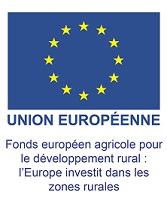The age of a spirit corresponds to the youngest component of the blending. Hence, a 20 year-old Calvados can contain brandies aged 40 to 50 years, but none aged less than 20.
Vintage Calvados (e.g. « 1954 ») is a reference year to indicate that the Calvados was produced from distillations from that same year. Mention of the bottling year is also recommended since, once bottled, Calvados no longer matures.
Although not mandatory, age, when indicated, must be presented as follows :

